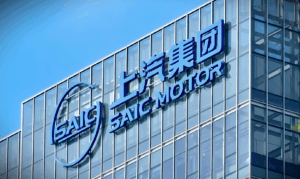China’s first large-capacity all-solid-state battery production line, capable of producing 60 Ah+ vehicle-grade cells, has been completed by GAC Group, according to state media reports. The facility is currently running small-batch test production of these cells, which use solid electrolytes instead of liquid ones to enhance thermal stability and safety.
The new line delivers an areal capacity of up to 7.7 mAh/cm², compared with less than 5 mAh/cm² typical of conventional liquid-based lithium-ion manufacturing. GAC’s research director, Qi Hongzhong, noted that the energy density of the solid-state cells is nearly double that of standard cells. When integrated into battery packs, the technology could extend the range of existing 500 km electric vehicles to more than 1,000 km on a single charge.
A standout feature of the plant is its “dry” anode production process, which combines slurry mixing, coating and rolling into a single step. This approach reportedly boosts manufacturing efficiency and lowers energy consumption. In addition, the solid electrolyte formulation can tolerate temperatures of 300–400 °C, compared with roughly 200 °C for liquid electrolytes, offering improved safety margins.
GAC plans small-batch vehicle integration tests in 2026, followed by a gradual scale-up to mass production between 2027 and 2030. While the pilot line represents a significant technical achievement, wider commercialization will hinge on securing sufficient investment, establishing reliable solid-electrolyte material supply chains and validating long-term performance and safety in automotive applications.
Globally, industrial-scale output of large-format all-solid-state batteries remains in the early stages, with several automakers and battery manufacturers pursuing similar technologies. GAC’s new facility places the company among the first in China to achieve pilot-scale manufacturing of high-capacity solid-state cells. The speed of scale-up and cost competitiveness will ultimately determine the technology’s impact on the electric vehicle market.
Source: CarNewsChina
















